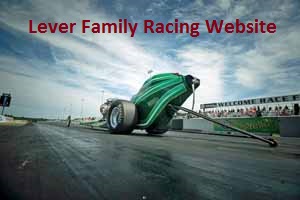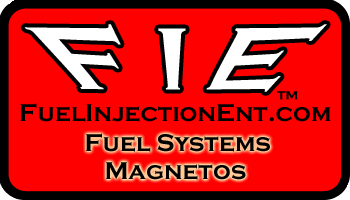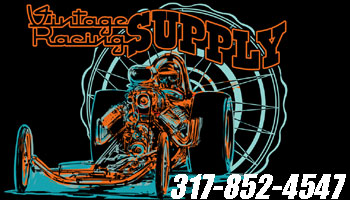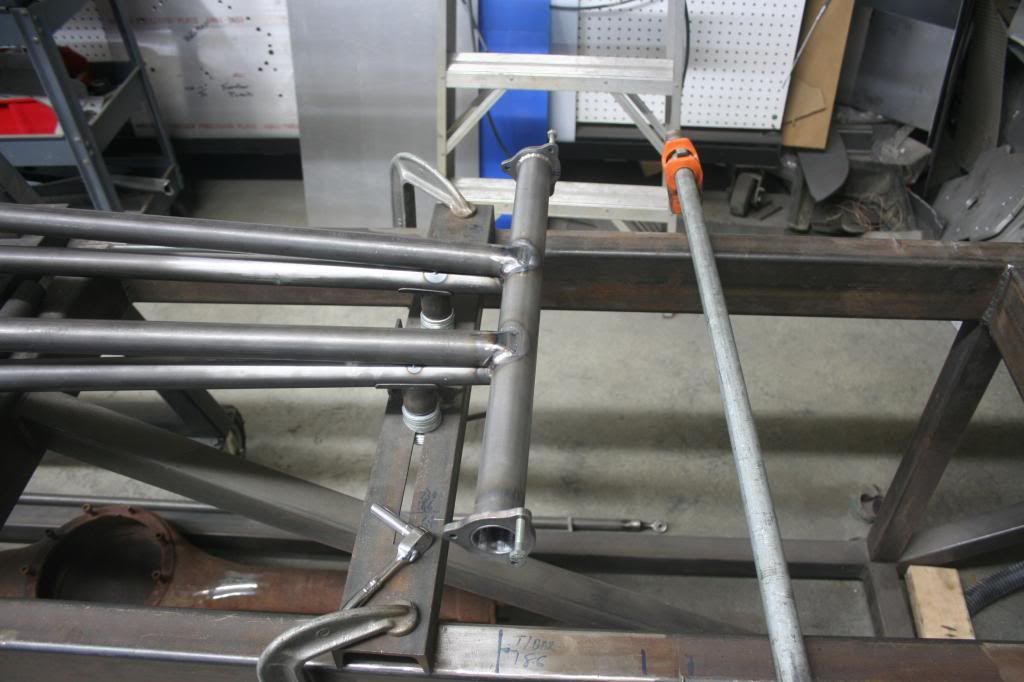541
Roo Man's Room / Re: caster and camber question
« on: February 11, 2013, 02:13:20 PM »
Alan,
I may use regular ms rod ends on a cackle car but only use 4130 in steering and suspension applications. I try to position the ends in the bungs the same as you do leaving as little of the thread exposed as is required for "normal" adjustments. If the car is built right there should be no need to make major adjustments to any of the steering components. I usually do all of that on the jig with the spindles in the fixture so that they are aligned right from the start.
Roo
I may use regular ms rod ends on a cackle car but only use 4130 in steering and suspension applications. I try to position the ends in the bungs the same as you do leaving as little of the thread exposed as is required for "normal" adjustments. If the car is built right there should be no need to make major adjustments to any of the steering components. I usually do all of that on the jig with the spindles in the fixture so that they are aligned right from the start.
Roo





